The initial X100T review I did can be found here: http://indergaard.net/2015/01/05/fujifilm-x100t-review/
It’s almost been a year since I initially purchased a new black Fujifilm X100T and the two conversion lenses (WCL-X100 and TCL-X100). I only had that camera for about two months. I purchased it to test it out, and I was quite surprised how much I liked it and sad to see it go when I delivered it to the new owner.
I didn’t see much reason to keep the X100T around after I was done with my initial test and review – so I decided to sell it. What a mistake. I instantly missed it. It’s such a great camera to use, and so light-weight and easy to carry everywhere. I didn’t enjoy using the M240 nearly as much as I enjoyed using the X100T. But the results from the M240 with a good lens was different. The M240 tend to produce images that have an alluring beauty. Silky, smooth, but still razor-sharp, with pleasing colors. The “Leica look”, according to many.
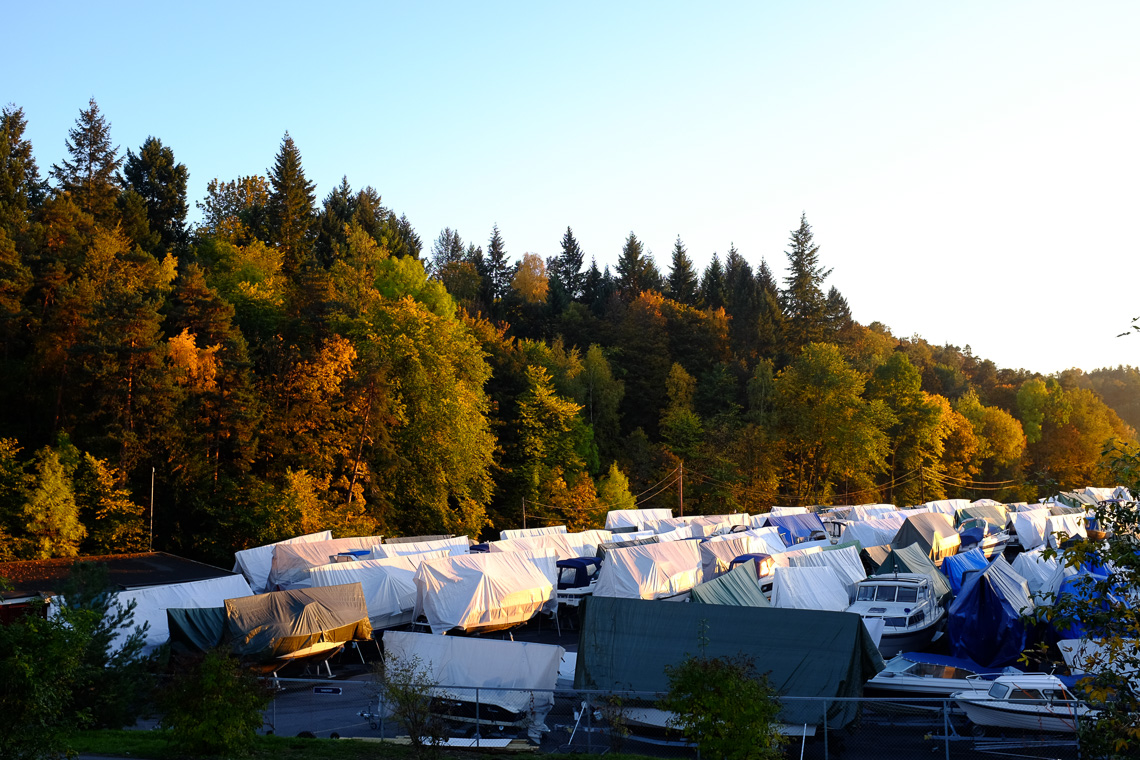
I was unlucky with my first M240, and quickly found a replacement for it, even though I was transitioning more and more toward using film as my primary medium at the time. I felt a bit naked and empty without a digital camera available though. For some reason I felt a bit tied to the M240. I still don’t understand why, it’s just a material item without any real value. Because I almost never used it, and mostly kept using my film camera, I decided to sell the M240 after some months. This left me with a film camera as my only camera, something I wasn’t really too comfortable with. I truly love film – but as a every day bring everywhere and make all sorts of pictures medium – it’s kind of impractical. Not because of the medium – I love film as a medium, but simply because of the time and costs involved in developing, scanning and processing film. I’m far more selective when I use my film camera – which is a good thing, but that also takes some of the fun out of photography. Sometimes it’s just fun to snap pictures, even though they might not be good pictures.

I’ve learned something from all this change of gear in the last year. I can have a really hard time with making up my mind some times. And I spend far too much energy dwelling over choices like these all the time, and going back and forth over and over. Will I keep the X100T for a long time this time? Who knows. I hope so, because I’m very happy with it. But there’s always other cameras to try…
Anyway, back to the X100T. I decided I needed a digital camera in addition to my film camera, so I found a 2nd hand X100T in mint condition with only 1400 clicks on it recently. This one was in silver, not black like my first one. And I really prefer the X100T in silver. It just looks right. I got a great deal on it. I’ve also recently acquired a 2nd hand WCL-X100 wide-angle conversion lens, and I’m also waiting for a TCL-X100. Both conversion lenses are in silver as well. With the conversion lenses I can cover the 28mm, 35mm and 50mm focal lengths with a very compact, light-weight and reasonably priced kit, without ever having to worry about sensor dust. I’ve already had this kit before and I know how happy I’ll be with it. And the lens and converters perform well even down to f/2. And with the X100T’s ISO performance I rarely – if ever – feel the need for a faster lens.
I decided to get the original sun shade for the X100T in silver. The camera came with a JJC sun shade but it was in a totally different color than the camera itself. It’s such a beautiful camera that it deserves to look coherent. I also got a couple of 3rd party batteries and an extra travel charger for it from Amazon for a very cheap price. The camera is working great, and it’s such a joy to use an X100T again. I carry it with me everywhere I go. I only shoot it in raw, but I often find myself using the built-in raw converter in the camera. I still have the Instax SP-1 printer, and I love the fact that I can print directly from the camera after doing adjustments and raw conversions in the camera! It’s such a great thing to be able to do without having to touch the computer. Quite liberating.

Absolutely all the pictures that are shown in this article was made with the Fujifilm X100T. I haven’t had the camera for long, so this is just a couple of days worth of random snaps. All of the pictures shown here are also JPEG’s directly from the camera. I’ve mostly used either the B&W+Ye, Classic Chrome, Velvia or Astia film simulations. I usually also edit the raw files directly in-camera and process new JPEG’s directly before syncing them to my phone/computer, or printing them on the Instax SP-1 printer. I just can’t tell you how much I love the fact that I can get these beautiful JPEG’s straight from the camera, and mostly bypass the computer completely. My computer only works as an archive for the pictures from Fujifilm cameras, as the JPEG’s are that great.
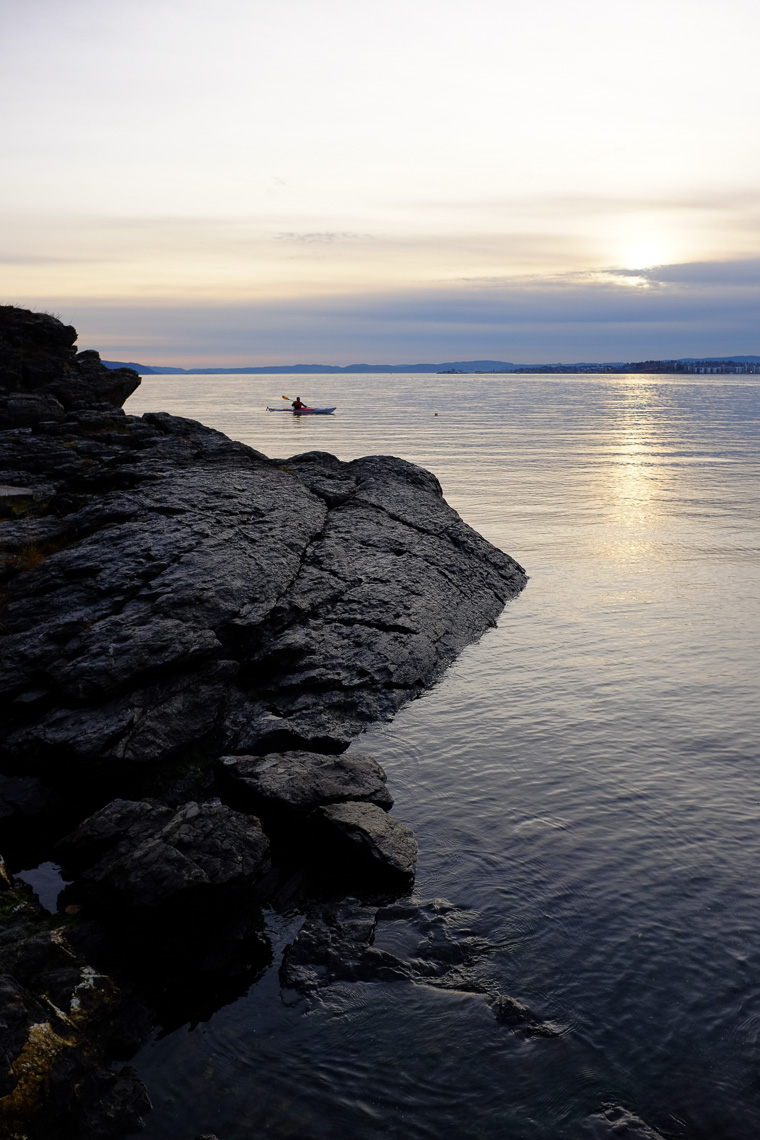
Granted, I can get slightly sharper and more detailed results from performing the processing in either Lightroom or Capture One Pro. But the difference is so small it’s not worth it for my use. I never ever print big, so there’s no reason to pixel peep the images and try to tweak the last 2-3% of details out of them at 100% view.
The only problem I do have with the JPEG’s and in-camera raw processing on the Fujifilm X-Trans II equipped cameras however, is the high ISO noise reduction that can’t be switched off completely. Even at the lowest noise reduction setting – people tend to get a waxy looking face. There’s simply too much smoothing of detail, and the images tend to look plasticky and waxy. So I avoid using the in-camera JPEG’s or raw converter whenever I go above 1600 ISO, which is where the noise reduction kicks in.
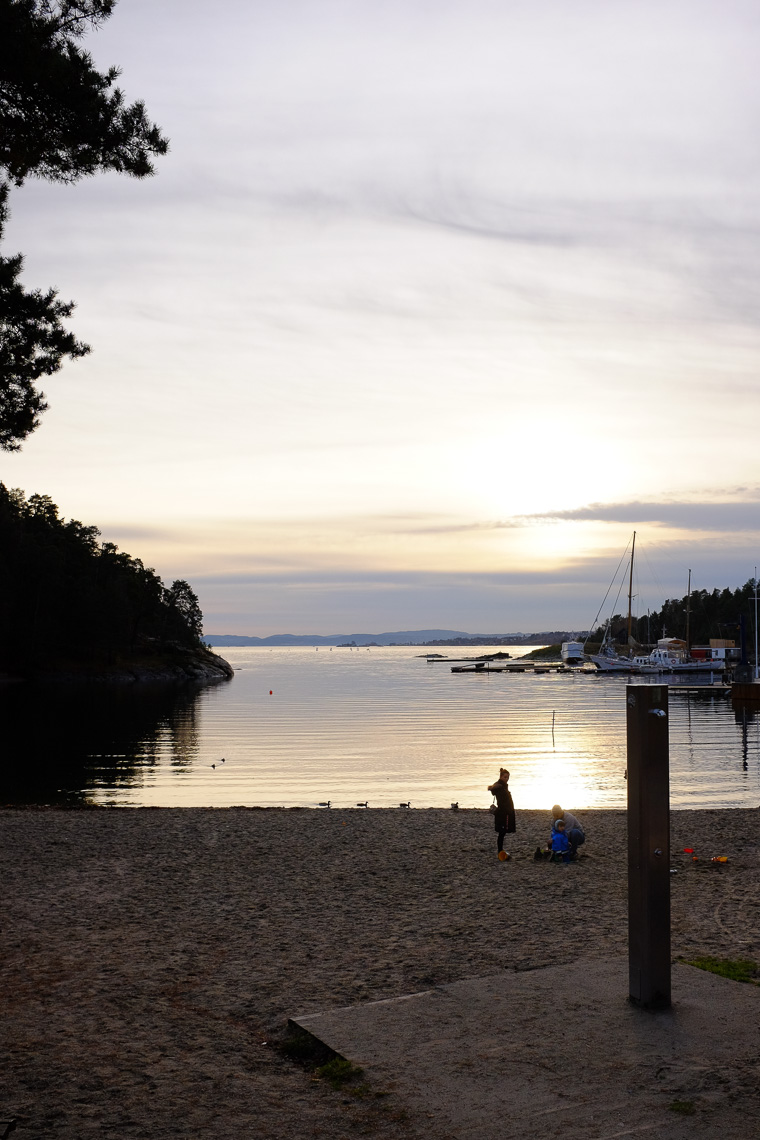
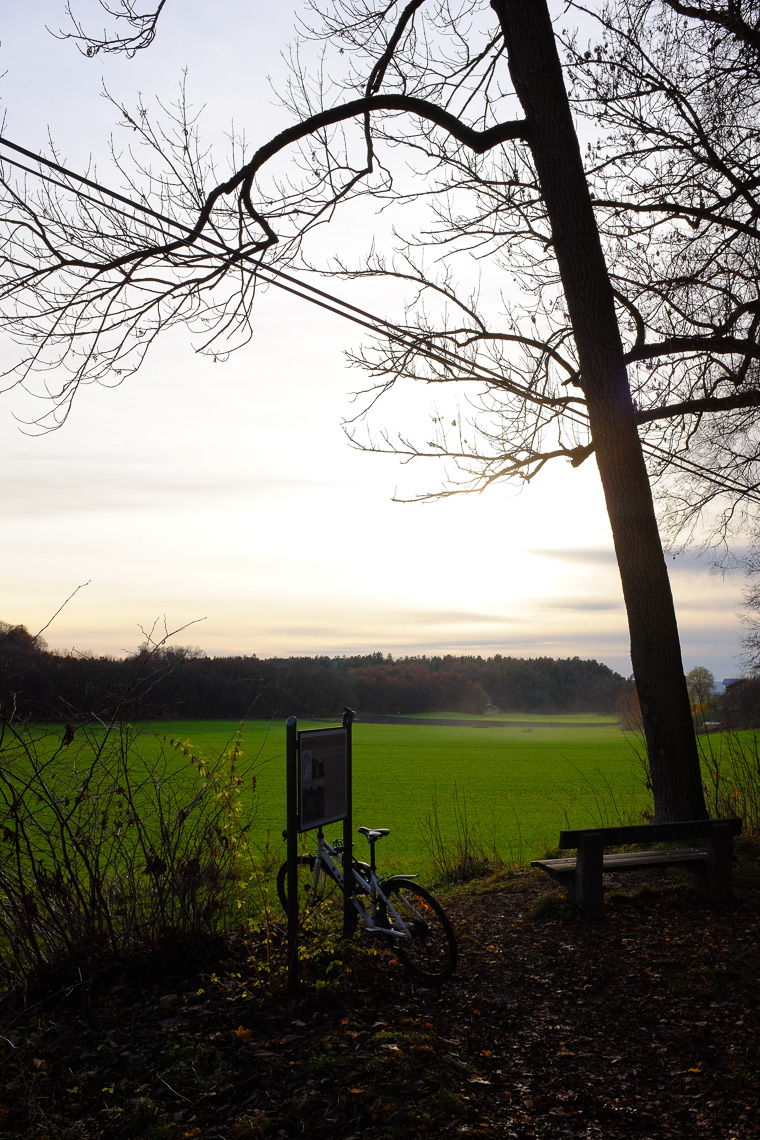
There is a trick around this, though. You need to deliberately shoot under-exposed, and when using the in-camera raw converter you simply push-process the image by the same amount of stops that you under-exposed it to keep the ISO at 1600. Let’s say you need to shoot at 6400 ISO, you simply use the exposure compensation dial and dial in 2 stops under-exposure, which should result in a raw file that is captured at 1600 ISO. Now use the built-in raw converter and perform a raw conversion with +2 stops of push processing, and voila… The image looks naturally grainy and great. The waxy skin effect is gone, and details (and that lovely grain) is apparent as it should be. It’s a silly workaround, but it works. It shouldn’t be necessary though!

I wish (and many others too, as this is a very common complaint in all X-Trans II camera reviews) that Fujifilm could give us – the users – an option to disable the in-camera noise reduction completely! I don’t want it. Please. The grain in the files looks great compared to most digital cameras. I want the grain. Let me have the grain! The files look MUCH better without this extreme smoothing of details at high ISO.
There’s a couple of things I would like to point out about the X100T that I really enjoy:
- The Auto White-Balance. It’s so good. Even in the trickiest lighting situations, spot on in 99% of my pictures. This is fantastic, and it saves so much time and post-processing frustrations.
- The fact that it has an optical viewfinder. This is a godsend in tricky lighting situations with harsh shadows and very bright sunlight. The best EVF becomes quite frustrating to use in these situations, as even the best EVF’s doesn’t have the dynamic range to be able to see the entire scene as it is.
- The built-in flash is superb for fill. Set it to on and dial in -2/3 flash compensation, and you have a flash that will look so natural and so nice, that nobody would even guess that you’ve used a flash. It’s fantastic to have this available on the camera.
- The lightness of the system. The X100T and the WCL-X100T and TCL-X100 weighs less in total than a digital Leica body and a matching lens. I can have the X100T around my neck all day without a problem. Even with my Leica MP I’m not able to do that. And that’s a film camera that is about 100 grams lighter than todays digital Leica bodies.
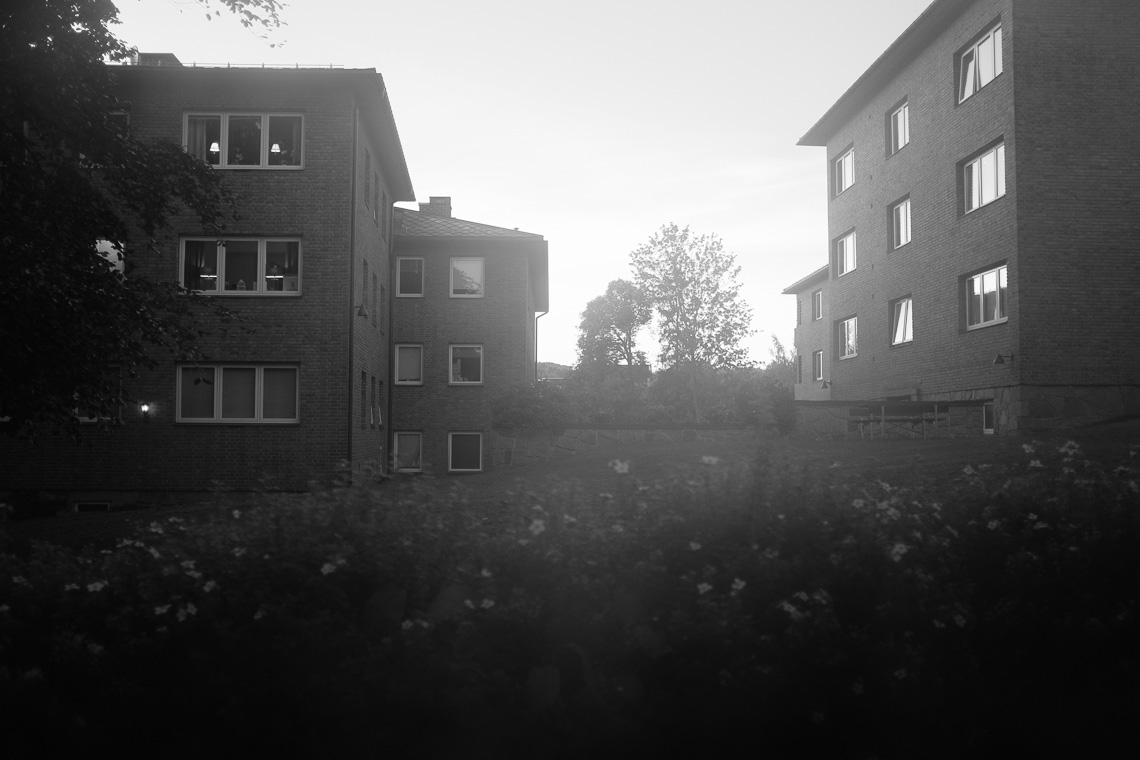
For the next iteration of the X100 series cameras the only thing I want is weather-sealing, so I don’t have to worry about random downpours, and being able to turn the noise reduction COMPLETELY OFF.
Here’s some goodies that every X100T owner should consider looking at:
Wasabi Power Battery for Fujifilm X100, X100S, X100T
Wasabi Power Battery (2-Pack) and Charger for Fujifilm X100, X100S, X100T
JJC LH-JX100 Silver Metal Lens Hood Adapter Ring for Fujifilm X100 X100S X100T
JJC LH-JX100 Black Lens Hood Shade Adapter Ring for Fujifilm X100 X100S X100T
Hoya Evo Protector 49mm Lens Filter
Fujifilm LH-X100 Silver Lens Hood and adapter ring
Fujifilm LH-X100 Black Lens Hood and adapter ring
Fujifilm Instax Share Printer SP-1
Fujifilm WCL-X100 Wide Conversion Lens (Silver)
Fujifilm WCL-X100 Wide Conversion Lens (Black)
Fujifilm TCL-X100 Tele Conversion Lens (Silver)
Fujifilm TCL-X100 Tele Conversion Lens (Black)
6 Comments
Join the discussion and tell us your opinion.
Hi there. I’m curious about your workflow. I recently purchased an X100T after 10 plus years using Nikons. So far I love the Fuji but I’m trying to wrap my head around how to best manage my files. After years of shooting RAW with my Nikons I was looking forward to shooting strictly JPEGs with my X100T (I like you am trying to minimize my time on the computer). Unfortunately, while the JPEGs have great colours the noticeable smearing affect even at 200 iso is not acceptable to me. Just to make sure I understand you correctly, you shoot RAW only (not RAW+JPEG) and then convert some of the RAWs to JPEGs in-camera? I’m assuming you keep the RAW files and move them to your archive on your computer as needed? Thanks for any advice.
Hey Mark. My workflow with the X100T is pretty simple. I shoot raw-only and either do in-camera raw conversions, or, I import the raw files into Lightroom CC and edit there. I use different sharpening settings for different types of photographs that are optimized for the X-Trans II sensor. You can find the film simulations as color profiles within Lightroom, to get approximately the same look on the raw files as the in-camera jpeg’s.
For ultimate raw conversion quality I use Capture One Pro for the raf files. Capture One Pro has a tendency to create more natural looking files than Lightroom. But I rarely pixel-peep nowadays, so I rarely feel the need to.
Thanks Børge!